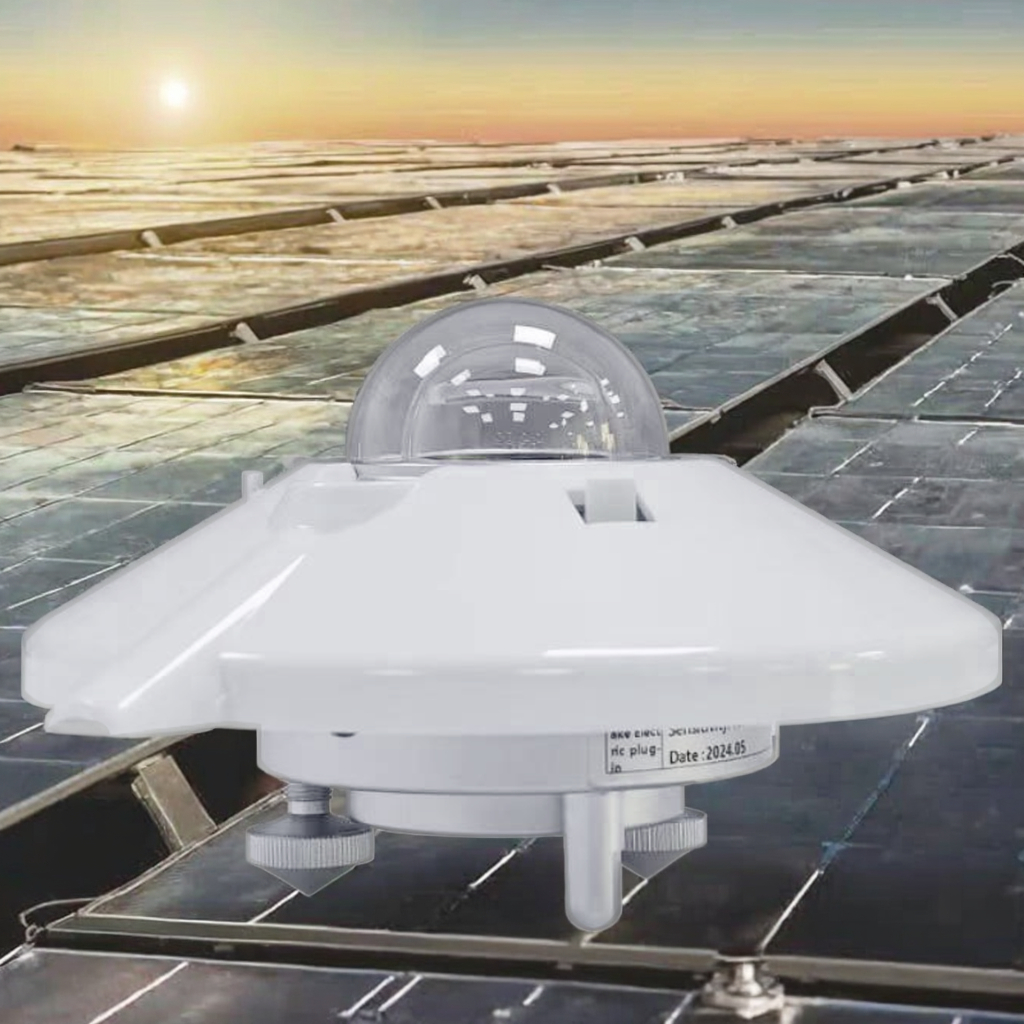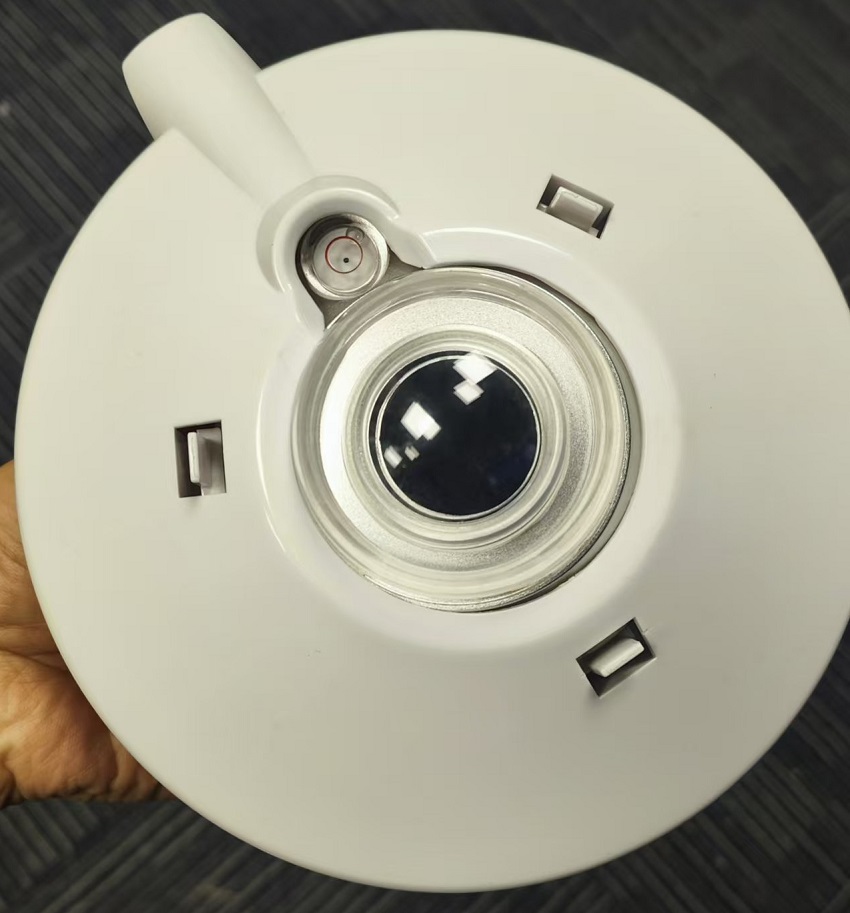







| Availability: | |
|---|---|
◀◀ Key Selling Points ▶▶

· Class B is the classification of the sensor according to the standards set by the International Organization for Standardization (ISO).
· Class B sensors are suitable for general solar radiation measurements but offer lower precision compared to Class A sensors.
· Class A sensors are typically used for highly accurate, reference-grade measurements in research and calibration, while Class B sensors are more cost-effective and still provide good accuracy for many applications, including solar energy monitoring.

Why Class B?
· Cost-Effective Precision: Offers sufficient accuracy for non-critical applications, avoiding the higher cost of Class A.
· Real-Time Capability: Enables immediate decision-making in dynamic systems like smart grids or automated buildings.
· Versatility: Suitable for diverse sectors needing reliable solar data without ultra-high precision, from agriculture to urban planning.
◀◀ Product Parameters ▶▶
This sensor excels in scenarios where dependable, real-time solar data enhances operational efficiency, sustainability, and research validity, all within a moderate budget.
Warranty | 1 Year |
Product name | Class B pyranometer |
Measuring range | 0~2000 W/m2 |
Spectral range | 280-3000nm |
Resolution | 1 W/m2 |
Stablity | ≤1.5% |
Protection grade | IP67 |
Response time | ≤5 s(99%) |
Usage | Photovoltaic (PV) station, Weather Station |
Calibration cycle | Once every 2 years |
Output | 0-20mV /RS 485 /4-20 mA |
◀◀ Application Scenarios ▶▶
Application Scenarios of Class B High Precision Real-time Monitoring Solar Pyranometer Sensor
1. Solar Energy Systems
- Photovoltaic (PV) Performance Monitoring: Ideal for medium-scale solar installations, this sensor provides real-time irradiance data to optimize energy output, detect panel shading, or soiling. Class B balances cost and accuracy for efficient performance tracking.
- Solar Resource Assessment: Used in pre-installation site surveys to evaluate solar potential, aiding in feasibility studies for new PV projects.
2. Meteorological Monitoring
- Weather Stations: Integrates into networks for climate modeling and real-time weather forecasting. Supports data collection for solar radiation databases critical in understanding regional climate patterns.
3. Agricultural Management
- Smart Irrigation Systems: Enhances precision agriculture by correlating irradiance with evapotranspiration rates, enabling efficient water use and crop scheduling.
4. Environmental Research
- Ecosystem and Climate Studies: Monitors solar input for research on microclimates, carbon cycles, or renewable energy impact assessments. Class B suits field studies requiring reliable, mid-tier accuracy.
5. Building Automation
- Smart Lighting/HVAC Control: In smart buildings, real-time data adjusts indoor environments based on sunlight availability, improving energy efficiency and occupant comfort.
6. Educational and Research Tools
- Academic Labs: Used in universities for teaching solar energy principles or conducting student experiments, offering a practical balance between cost and functionality.
7. Solar Tracking Systems
- Dynamic Panel Adjustment: Provides immediate irradiance feedback to optimize sun-tracking algorithms, boosting energy capture without the need for Class A expense.
8. Grid Management
- Renewable Energy Integration: Utilities use real-time data to balance grid load by predicting solar generation fluctuations, aiding in demand-response strategies.
9. Horticulture
- Greenhouse Optimization: Monitors light levels to regulate artificial lighting and shading systems, ensuring optimal growth conditions for plants.
10. Aviation Safety
- Airport Weather Systems: Supports runway safety by contributing to real-time weather reports, including solar glare or radiation levels.